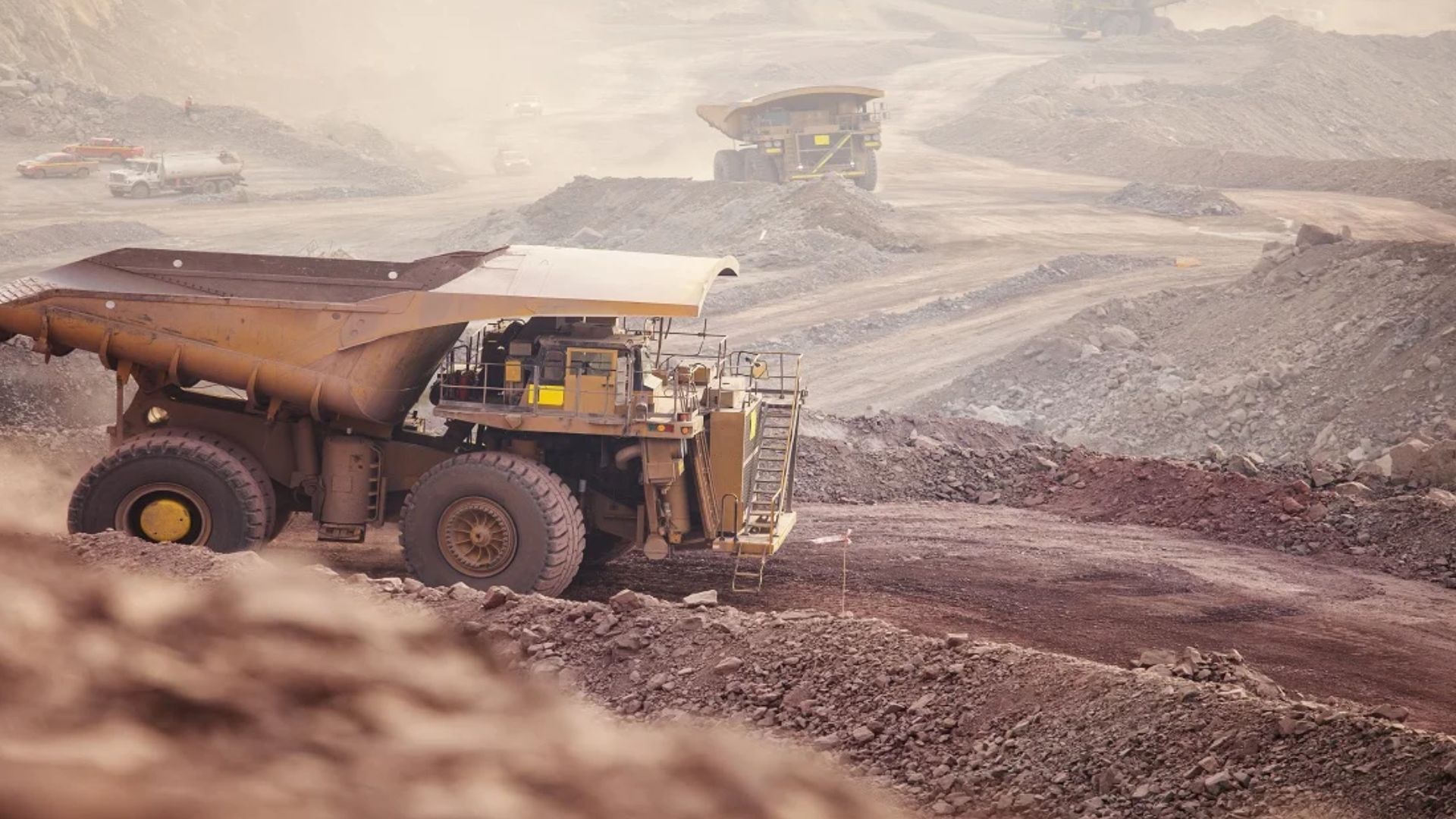Unveiling Namibia's Mining Industry: Current Projects Fueling Economic Growth
- Namibia | 26 August 2023

Namibia, known for its rich mineral resources, is experiencing a surge in mining projects that are reshaping the country’s economic landscape. This article highlights the current projects in Namibia’s mining industry, shedding light on their potential impact, contributions to the economy, and the opportunities they present for sustainable development.
Namibia is renowned for its diamond mining industry, and several major projects are underway to tap into the country’s vast diamond reserves. One notable project is the marine diamond mining operation in the Atlantic Ocean, where companies like De Beers and Namdeb are utilizing advanced technologies to extract diamonds from the seabed. These projects are bolstering Namibia’s position as a global leader in diamond production and driving economic growth.
Namibia is also a significant player in the global uranium market, with numerous uranium mining projects contributing to the country’s energy sector. The Husab Uranium Mine, one of the largest uranium mines in the world, has attracted substantial investment and is boosting Namibia’s uranium production capacity. This project, along with others, positions Namibia as a key supplier of uranium for nuclear power generation, supporting both domestic and international energy needs.
Namibia’s copper and zinc reserves have garnered attention from mining companies seeking to capitalize on the growing demand for these metals. The Kombat Copper Project, for instance, aims to revive historic copper mining operations in northern Namibia, creating job opportunities and stimulating economic growth in the region. Similarly, the Skorpion Zinc Mine continues to be a major player in Namibia’s mining sector, producing high-quality zinc concentrate for international markets.
Namibia is emerging as a potential source for critical minerals such as lithium and rare earth elements. These minerals are vital for various industries, including renewable energy technologies and electric vehicles. Several exploration projects are underway to assess the commercial viability of lithium and rare earth element deposits in Namibia. If successful, these projects could position Namibia as a key supplier of these strategic minerals in the global market.
Amidst the mining boom, Namibia is placing emphasis on environmental sustainability and responsible mining practices. The government, in collaboration with mining companies, is implementing measures to minimize the industry’s ecological footprint and mitigate environmental risks. Stricter regulations, environmental impact assessments, and community engagement programs are being prioritized to ensure sustainable mining practices and the protection of Namibia’s unique ecosystems.
The mining projects in Namibia offer significant economic opportunities for the country. They create direct and indirect employment, contribute to government revenue through taxes and royalties, and stimulate local businesses through the demand for goods and services. Additionally, mining projects often invest in community development initiatives, infrastructure improvements, and skills training, fostering socio-economic development in mining regions.
Namibia’s mining industry is undergoing a transformative phase with a multitude of projects that have the potential to reshape the country’s economy and drive sustainable development. From diamond and uranium mining to copper, zinc, and critical minerals, Namibia is capitalizing on its vast mineral wealth. As the industry expands, it is essential for Namibia to balance economic growth with environmental stewardship and social inclusivity. By fostering responsible mining practices and maximizing the benefits for local communities, Namibia can unlock the full potential of its mining sector, paving the way for a prosperous and sustainable future.








